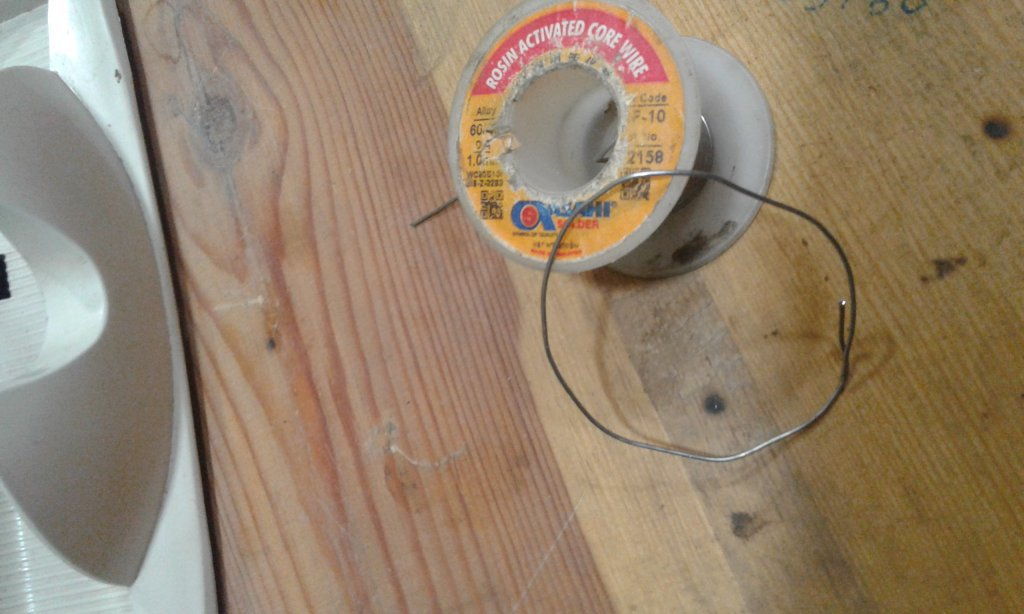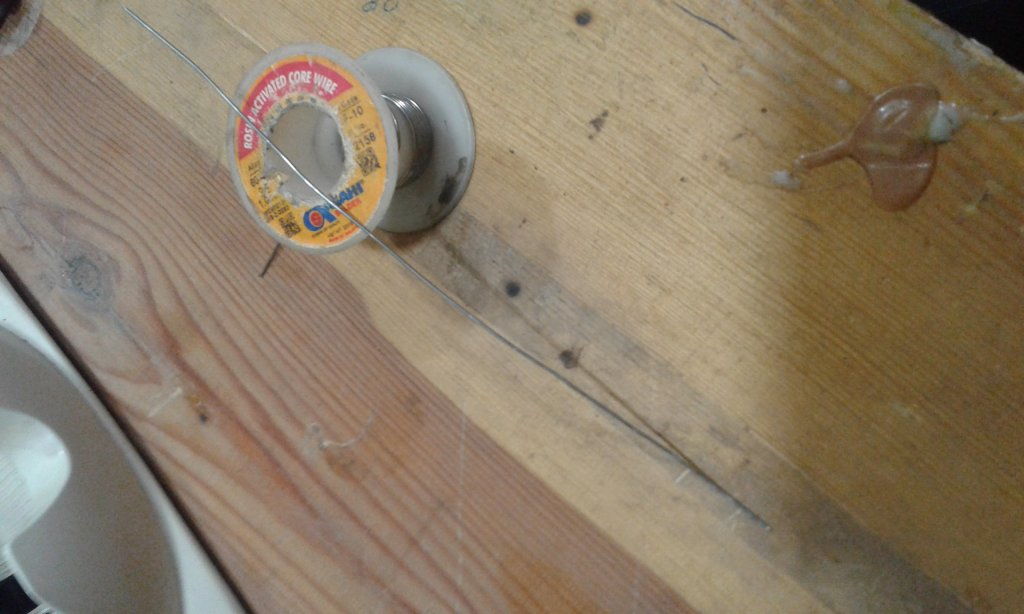Ded Driver said:
Jaros said:
I beg to differ. Gold is one of the best conductors running 3rd to Copper and Silver.
Jaros I may be corrected, but I think the terminology has been muddied by various data over time.
As I understand it in relation to gold, the term 'Not a good conductor' (in respect of metal detectors) actually refers to the low inductance field it generates . I think most people know it is a very good conductor of current, but doesn't respond the EM fields the way iron & other metals do.
Maybe someone here with some solid Electrical/Electronic knowledge can shed some light on this? And maybe this is also a bit off topic & could be moved to another thread?!
You guys are all sort of correct.
PI detectors are basically looking the signal induced in the target (which decays over time) by the TX pulse . Although it is a very good electrical conductor, gold can have a very short decay time (although depending on the sizer and shape this can vary). We are talking micro seconds. Sampling very close to the end of the TX pulse to see this decaying signal is very difficult (mainly due to high back emf voltages generated by coil etc).
If ground balance is not set up correctly, noise canceling hasn't been done, Threshold to high (or too low), swing speed to fast, target too deep for the machine - all these can contribute to missing targets.
The other thing to mention is that doing tests in air, in a suburban environment, will never be a good indication of the machines capability. There is so much EMI and interference that if you get the machine to behave, it will not be running at its optimum.
(note: I did edit this several times as I tend to type as my brain thinks - very scattered and only understandable only to myself lol)





